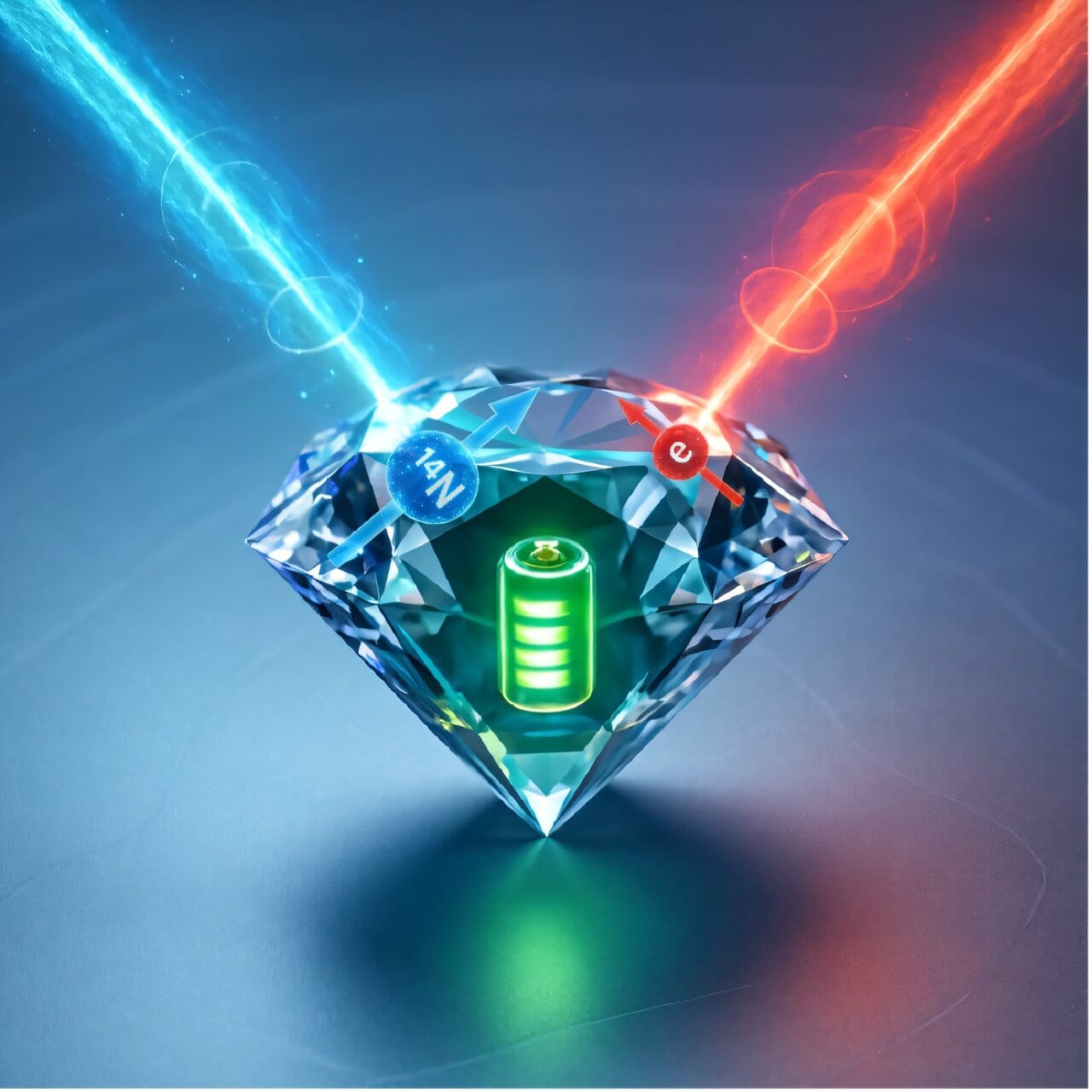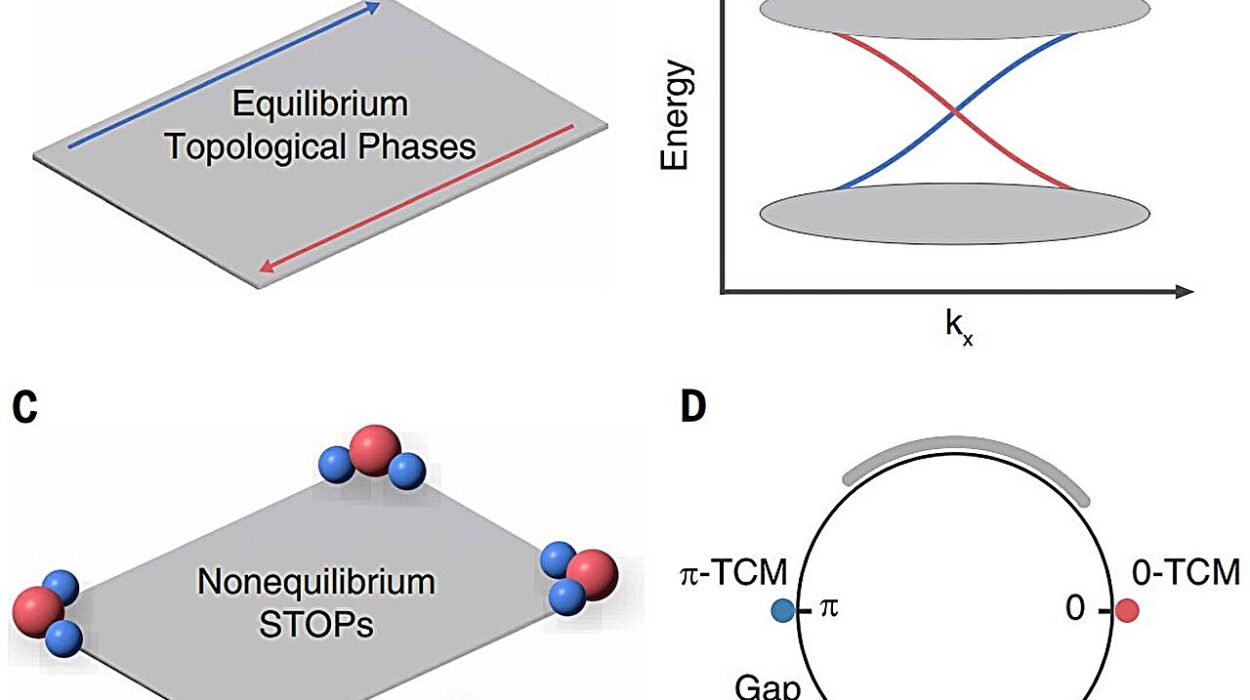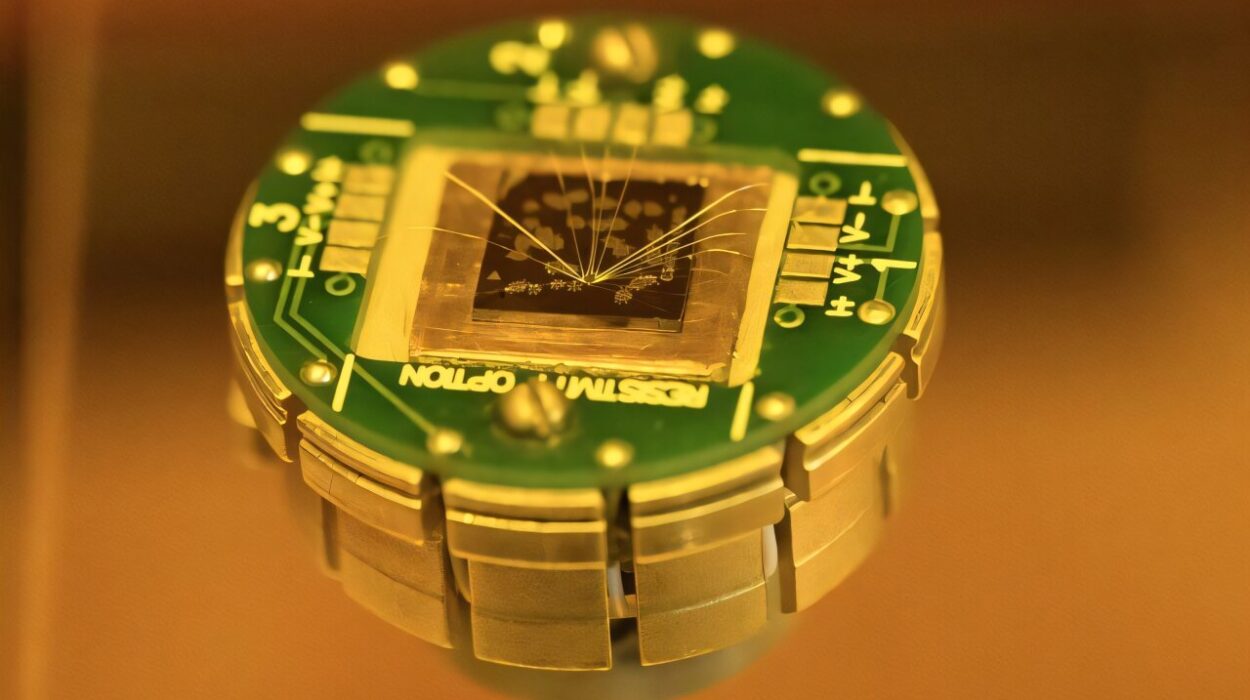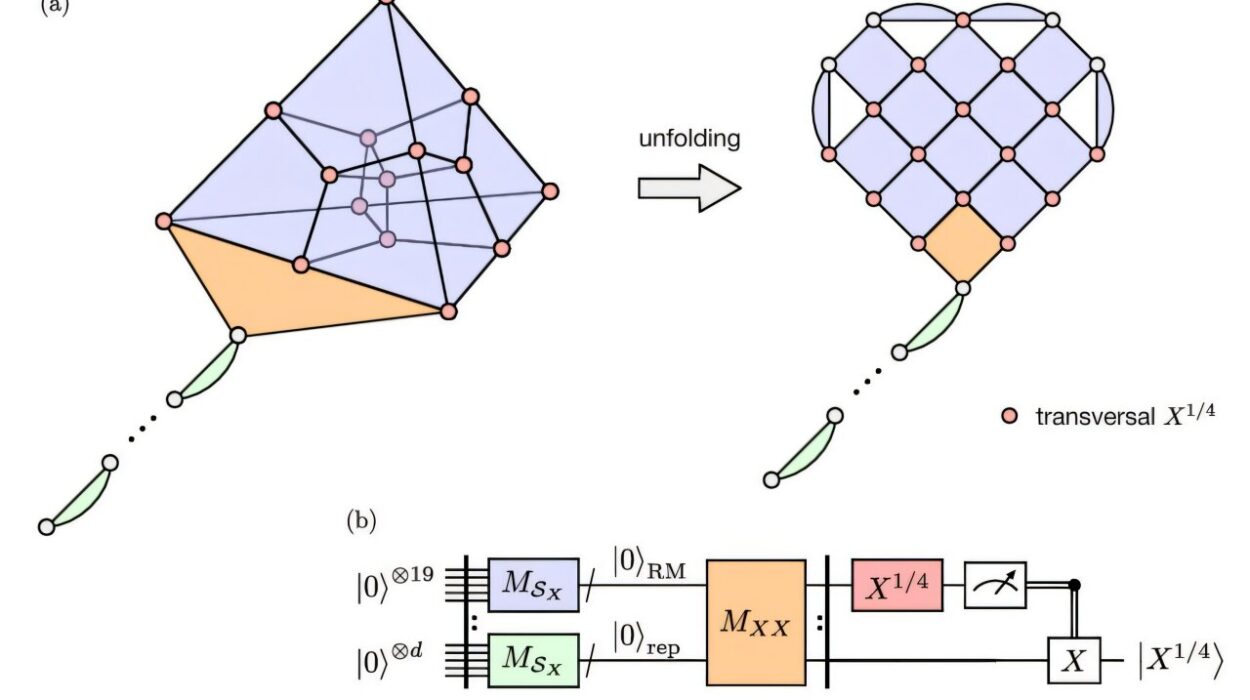Imagine a future where your phone charges in seconds, your electric vehicle powers up like a flash, and your energy storage devices don’t just store electricity—they store possibility. This is not just the dream of technologists, but the driving vision behind a radical and still-emerging technology: quantum batteries.
Unlike the bulky chemical cells humming inside your devices today, quantum batteries are born from the strange, fluid laws of quantum mechanics—the same realm where particles exist in multiple states at once, where entanglement allows information to travel faster than light (in a sense), and where uncertainty reigns as the only certainty. They’re not just smaller, faster, or more efficient. They’re a different species altogether—one that could rewrite what we believe energy storage even means.
But there’s a problem. A big one. Quantum batteries may promise a future where energy moves at the speed of thought, but right now, they forget too quickly. They leak—not through faulty wiring or damaged casings, but through something far more elusive: decoherence. And that is where the new research from China, led by physicist Jun-Hong An and colleagues, enters the story with a jolt of hope.
The Promise and the Peril of Quantum Power
Quantum batteries (QBs) differ from classical batteries in their very essence. While your laptop battery stores electrical energy via electrochemical reactions, QBs rely on quantum effects—specifically superposition and entanglement—to store and transfer energy.
In theory, this gives them profound advantages. They can charge exponentially faster under the right conditions, deliver more usable energy (called ergotropy), and potentially function on a scale of efficiency that classical systems could never dream of. It’s like comparing a horse-drawn carriage to a teleportation pad—the differences are not merely incremental; they are dimensional.
But the delicate fabric of quantum states is fragile. When a quantum battery interacts with its environment—be it through heat, radiation, or even measurement—it undergoes decoherence, a process where the system loses its quantum behavior and collapses into classical reality. This isn’t just a theoretical headache. Decoherence causes self-discharging, where the stored energy in a QB begins to bleed away without any external use, almost as if the battery were evaporating its own potential.
This self-discharge problem has kept QBs locked inside research labs and far from real-world deployment. But Jun-Hong An’s team, working across several leading Chinese institutions, may have found a way to plug the quantum leak—not with tighter containers, but with diamond.
Diamonds in the Quantum Rough
Their innovation hinges on a peculiar and remarkable property found in one of nature’s hardest materials. Deep inside diamonds lie atomic-scale defects—places where a nitrogen atom sits next to a missing carbon atom in the crystal lattice. This is known as a nitrogen-vacancy (NV) center, and it turns out to be a near-perfect host for quantum energy storage.
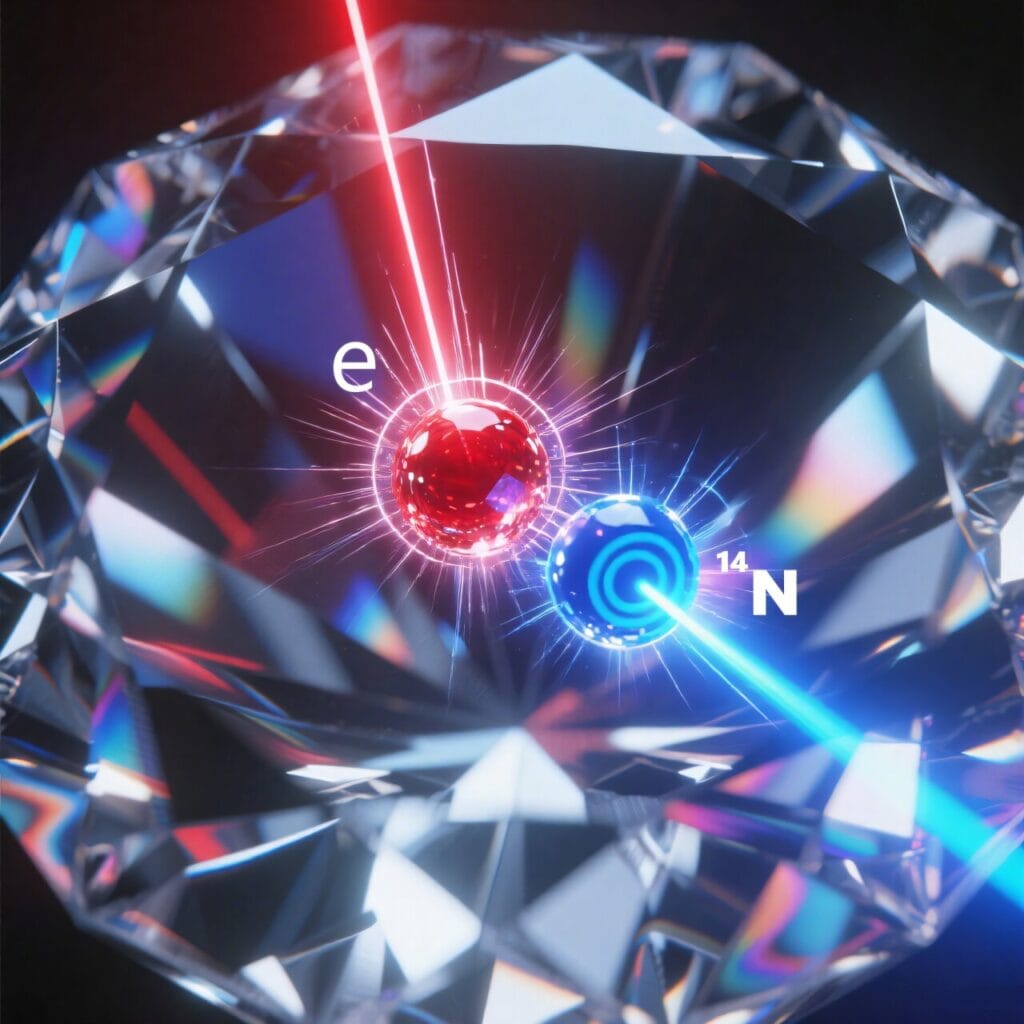
Why? Because the electronic spin of an NV center behaves like a tiny, well-behaved quantum bit. It’s stable. It can be controlled with lasers and microwaves. And it resists decoherence far better than many other quantum systems. For a QB designer, it’s like discovering a diamond not just in the rough—but in the heart of an energy desert.
In this QB model, the spin of the NV center acts as the energy reservoir. But more importantly, it doesn’t need a persistent link to a quantum charger—something earlier QB schemes required. Those earlier designs often entangled the battery with the charger, which paradoxically reduced the energy that could actually be extracted (a phenomenon related to declining ergotropy).
The new model flips the paradigm. The NV center naturally suppresses self-discharge, and it does so by optimizing the ratio of coherent ergotropy (energy that can be used while preserving quantum coherence) to total ergotropy. In other words, it stores the kind of energy quantum systems prefer to hold onto, like a safe that locks tighter the longer it’s closed.
The Secret Symphony of Electron and Nucleus
The heart of the NV center QB’s advantage lies in its hyperfine interaction—a uniquely subtle interplay between the electronic spin and the nitrogen nucleus in the diamond. It’s a whisper, not a roar—a tiny magnetic coupling that turns out to be critical.
This interaction allows researchers to tune the system in a way that enhances coherent energy storage while minimizing leakage. Most other quantum platforms lack this feature entirely. That makes this system irreplaceable, according to An. It’s not just another platform—it’s the first one where the material itself actively resists quantum decay, almost as if the diamond wants to stay energized.
The results are promising. In simulations and preliminary experiments, this QB design retains more usable energy over longer periods. The coherent component—the part of the energy that maintains quantum order—decays slower than the incoherent component. It’s like watching two people run a race, and realizing one of them is running backward. For researchers, this was a moment of profound realization: they could exploit this asymmetry to optimize the very nature of energy storage.
From Theory to Thermodynamics
An’s team didn’t just stop at an engineering innovation—they’re contributing to a deeper, ongoing revolution in science: the rise of quantum thermodynamics.
This emerging field rethinks the traditional laws of heat and energy from a quantum perspective. In classical thermodynamics, energy flows from hot to cold, entropy always increases, and there are clear boundaries between work and heat. But quantum systems blur those lines. What counts as “work” in a universe where particles can exist in many states simultaneously? How do we even define temperature when quantum coherence is involved?
By building their QB within a solid-state NV platform, the researchers bridged theory and experimentation. Their model provides an experimental playground where abstract thermodynamic principles can be tested, refined, and expanded. This is not just about better batteries—it’s about better understanding the rules that govern reality itself.
And perhaps most exciting, their approach may soon allow scientists to explore how to extract work from open quantum systems—systems that are not perfectly isolated from their environments. This would bring quantum energy devices much closer to the messy, noisy world of real technology.
Beyond the Spark: What Comes Next
The journey is far from over. An and his team are already charting the next phase of development: scaling their model. They plan to build many-body quantum batteries, systems composed of multiple NV centers interacting in harmony. This could unlock the full potential of quantum entanglement, the phenomenon where particles become so deeply linked that the state of one instantly affects the other.
Such systems could exhibit supercharging, where charging power increases faster than linearly with the number of units—imagine 10 quantum cells charging not 10 times faster, but 100 times faster. It’s not magic. It’s quantum advantage.
More importantly, they aim to build batteries that are immune to self-discharge. In other words, QBs that no longer fear the ticking clock of decoherence—batteries that don’t just store energy, but defy entropy, at least for a while.
This is not just a technical dream. It is a philosophical shift.
The Light That Stays
Quantum batteries, if realized at scale, will not simply be better energy storage devices. They will represent a new phase in humanity’s relationship with energy—one where we no longer fight nature with brute force, but collaborate with its subtlest laws. In place of massive chemical reactions and waste heat, we will see delicate balances of spin, symmetry, and coherence.
And perhaps, at the center of it all, a diamond defect—barely a few atoms wide—will quietly store the pulse of the quantum world.
In the end, the true promise of quantum batteries is not just fast charging or better performance. It’s a whisper from the universe that energy, like light, can be held more gently, understood more deeply, and shaped by imagination as much as by science.
Reference: Wan-Lu Song et al, Self-Discharging Mitigated Quantum Battery, Physical Review Letters (2025). DOI: 10.1103/d9k1-75d4.
